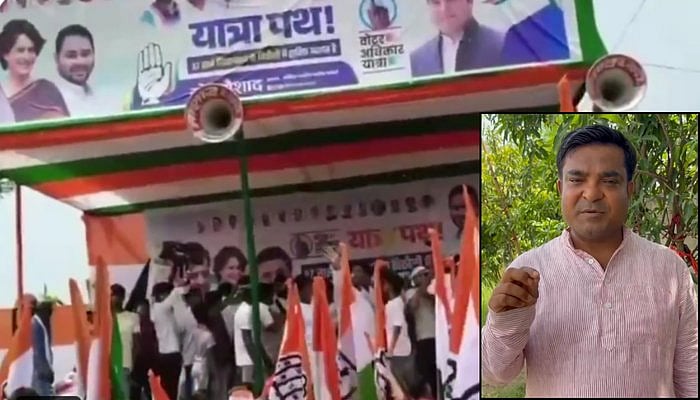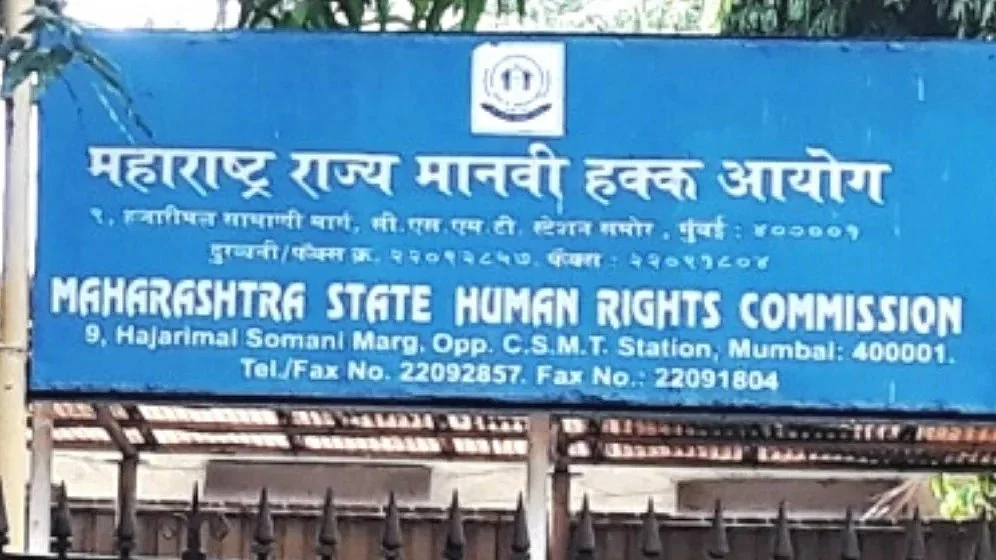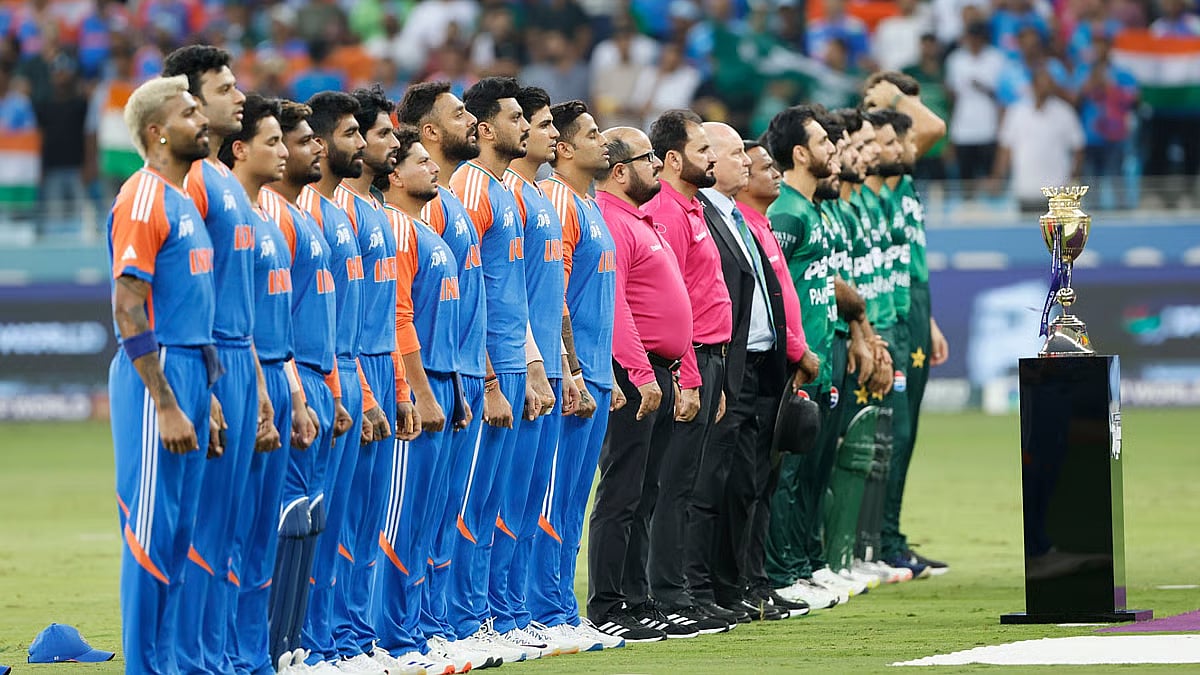Will the women’s vote prove decisive in the upcoming Bihar elections? Will they prove kingmakers? During the Bihar assembly elections of 2020, female voters had risen to 59.7 per cent compared to the male voter turnout of 54.6 per cent. This trend of higher women voters has been witnessed in the state for more than a decade now, and their vote definitely helped seal Chief Minister Nitish Kumar’s victory.
But the situation is likely to change in November. The final electoral roll figures released by the Election Commission, following the contentious Special Intensive Revision drive, show that from the 7.43 crore voters, there are approximately around 3.5 crore women voters and 3.92 crore men voters. This works out to 892 women for every 1000 men. This is surprising because between 2015 and 2020, the number of women voters rose by 39.62 lakh as opposed to male voters, whose figure rose by 34.42 lakh.
Despite caste playing a key role in Bihar elections, there is little doubt that women’s increased participation in electoral politics has primarily been propelled by Nitish Kumar, who, since 2005, has taken key steps to ensure women’s participation in decision-making at the village and panchayat levels. In fact, the last two elections were won by Nitish Babu on the ban on the sale and consumption of liquor across the state. Nitish had tied prohibition to women’s empowerment, arguing that women suffered the most because of alcohol abuse.
Nitish Kumar's personal connect with the female voter is in many ways far more intense and deep-rooted than that of any other politician in India. Twenty-five years ago, he began cultivating women voters by distributing bicycles and uniforms to school-going girls. A move that was greatly appreciated by womenfolk. These girls today have become entrepreneurs and mothers, and their emotional connect with him has remained through all these years.
And so, despite the BJP-led NDA alliance winning both the Madhya Pradesh and Maharashtra elections on the back of their Ladli Behana Yojna and the Ladki Bahin Yojana schemes launched a few months prior to the assembly elections, Kumar’s strategy has paid off because his bond has been more far-reaching with a greater impact.
A recent poll has indicated a dip in the Chief Minister’s popularity amongst women, many of whom believe he should step aside and allow younger leadership to take over. It could well be the main reason why his son Nishant is being groomed to take on a more dominant political role. But though Nishant is spending a great deal of time in the Samastipur constituency under the guidance of the state minister of finance, he is not making a political debut in these elections.
In the upcoming elections, Kumar remains very much in the fray, and his recent announcement to transfer the first instalment of Rs 10,000 crore under the Mukhyamantri Mahila Rojgar Yojana for women entrepreneurs is another shrewd step to continue his hold on the women voters. During the next six months, another Rs 2 lakh will be transferred to each woman entrepreneur. The total cost of this scheme is expected to be around Rs 21,000 crore.
Other schemes announced by him this September include Rs 5000 crore to provide 125 MW of free electricity to 1.89 crore consumers, a social security pension scheme set to benefit 1.11 crore people and an increase in honorariums to Jeevika, Anganwadi and ASHA workers. This will cost the exchequer another Rs 9,300 crore. Obviously, money is of little consequence to our politicians because these newly announced allotments will involve an annual expenditure of Rs 40,000 crore for a state whose annual revenue is around Rs 56,000 crore.
Opposition leader Tejashwi Yadav questioned how Kumar hoped to fulfil these promises since the cost of these freebies is a staggering Rs 7 lakh crore. But he also did not waste too much time in announcing that if the Mahagatbandan came to power, he would ensure that one member of every family in Bihar was given a government job. Obviously, he had not considered the economics of this proposal, as the state can hardly afford this either.
Social activist Shabnam Hashmi has spent the last five weeks travelling across the length and breadth of Bihar, talking to women in both towns and villages. She has painted a grim picture of their condition, pointing out how they are ‘reeling under loans with goondas coming to their homes and taking away their possessions if they are not in a position to pay their haftas’. In many areas (especially north Bihar), women have been found to be living in dire poverty, and many of them complain that violence levels against them and their children have increased exponentially.
A frequently voiced complaint by the women was how they were expected to pay bribes at every step, whether to get a ration card made or even to get an additional name added to the ration card. “Cases of suicide and mass migration amongst women have also risen,” said Shabnam Hashmi, who insists the “narrative around Nitish Kumar’s women-friendly schemes is a big hoax.”

Professor Roop Rekha, former vice chancellor of Lucknow University, believes, “Names of women and Muslims have been excluded in areas where the opposition parties are known to be strong and past records indicate the vote has gone in favour of the RJP and other opposition parties.” She cites the example of how in Lucknow, the BJP cadre had identified the homes of every pro- and anti-BJP family. “The fact is their cadre is far more active on the ground,” said Rekha.
There is little doubt that a generational shift has taken place in Bihar, with both Tejashwi Yadav and Chirag Paswan being the torchbearers of this change. Prashant Kishor does not come from a political family, but through his Jan Suraaj party, he has projected himself as a reformer-politician. The dice is up in the air. It is anybody’s guess who the winner will be.
Rashme Sehgal is an author and an independent journalist.









